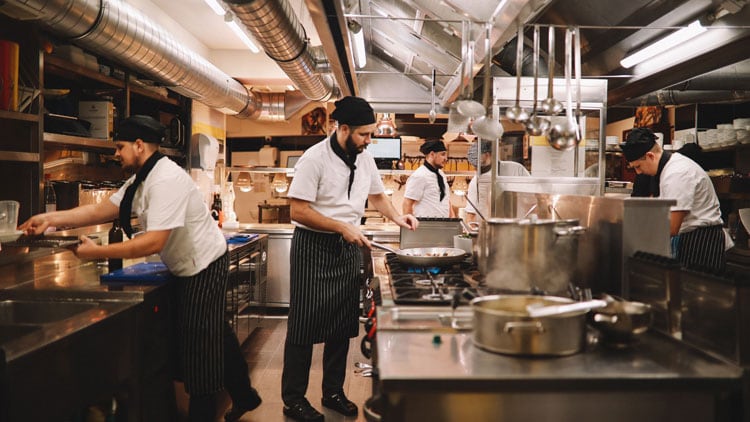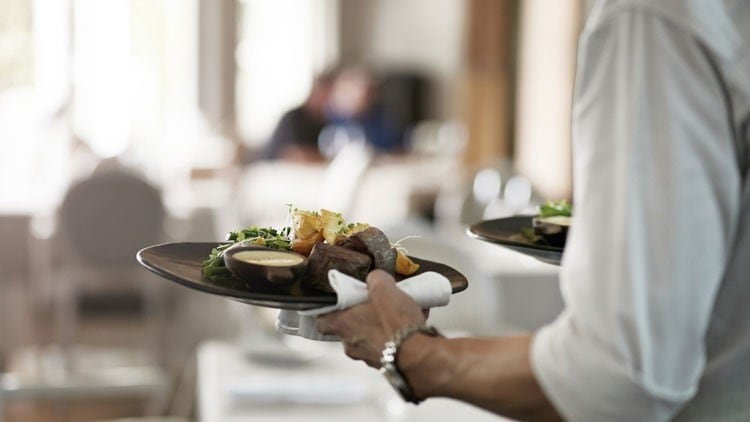The overall staffing headcount in pubs, bars, hotels, restaurants, and quick service restaurants (QSRs) is up 21.7% compared to June 2021.
However, the industry is still having to replace the 6% of the labour force who leave every month. And with rates of pay rising sharply – up 8.5% for pub workers and 6% for restaurant employees – operators will be keen to ensure they attract and retain top talent.
“Staff are in a position to demand higher wages from operators, which places even more emphasis on recruiting intelligently and the importance of retaining talent,” says Sebastien Sepierre, managing director – EMEA, Fourth.
“Due to long-term perceptions about unsociable working hours and conditions, the incredible career opportunities that hospitality presents are not always obvious to newcomers or to those outside the trade.
“This perception needs to be addressed by the industry collectively.”
The rate of growth in staff numbers in pubs has slowed compared to other sectors. It was up by just 1.9% in June. This contrasts with hotels (27.3%), QSR (25.8%) and restaurants (25.7%). Pubs initially bounced back faster than other types of venue when restrictions were lifted.
With regards to staff turnover, 5.7% of the entire workforce left in June 2022. This is reflective of the rate throughout 2022, which has had a high of 6.4% and a low of 5.4%.
Pubs are experiencing the highest leaver rates – 8.4% in April and 7.1% in June. Hotels are the most stable with a 5% leaver rate.
An evolving workforce
Collective hours worked continue to show healthy signs of growth. Across the sector, hours worked in June 2022 were up 17.3% versus June 2021 and 449.2% against June 2020, when hospitality was largely closed in the UK.
While pubs are showing slower rates of growth in this area, with a 0.7% increase in hours worked in June versus 2021, QSR (25.8%) and restaurants (10%) are still experiencing double-digit growth in hours worked.
Fourth’s research also shows how the make-up of the hospitality workforce continues to evolve.
EU workers now account for just 26.3% of the workforce, compared to 43.2% in January 2019 and 35.9% in July last year.
There has been significant growth in the percentage of British and Non-EU staff. Non-EU workers now account for 17.9% of the entire hospitality workforce (up from 11% in January 2019). British representation has gone from 45.8% to 55.8% in that period.
However, the data shows signs of a slowdown in the growth of British workers in hospitality, as it has only gone up by 0.7 percentage points since January 2022, when they accounted for 55.1% of the workforce.
“The latest data in the Fourth Hospitality Workforce Report reveals genuinely encouraging signs,” continues Sepierre.
“With businesses finally able to enjoy a prolonged period of uninterrupted trading, we are seeing consumers return to venues in strong numbers. This in turn has led to continued growth in sales, staff headcounts, and the collective hours worked.
“However, the industry is continuing to contend with post-pandemic challenges, such as supply chain disruption, the cost-of-living crisis, rising inflation, and labour shortages.
“There is a job to do here in communication but also in harnessing technology to drive processes and help operators hire, onboard, engage and retain team members. Businesses will ultimately have to be smart with their labour scheduling strategies to ensure consumer demand continues to be met and the guest experience doesn’t suffer.”




